Dovedale Stepping Stones
These quintessentially English stepping stones were built for Victorian tourists.
Dovedale is a picturesque valley in the Peak District, which more than 360 million years ago lay under a shallow subterranean sea as a coral reef. Due to the millions of sea creatures, plants, and shells left by this now-vanished sea, the geology of Dovedale consists largely of limestone rock, which over the years has been cut into craggy rock pinnacles and caves, creating one of Britain’s most beautiful landscapes.
Dovedale and its river, the River Dove, have been celebrated for centuries. It was made famous among the nation’s fishermen following the publication of The Compleat Angler in 1653, an immediate success that celebrated the joys of fishing.
But it was during the Victorian era, the period of Queen Victoria’s reign from 1837 to 1901, that Dovedale first became a popular tourist spot. Leisure and tourism took off during this period, when the growing middle class, especially in London, had more time and money to spend on seaside breaks and trips to the countryside.
While the less adventurous tourist headed to the beaches in Margate or Brighton, walkers and trekkers often headed to Dovedale. Sometime around 1890, the locals decided to facilitate the countryside treks of the Victorian tourists by spanning a section of the river just beneath Thorpe Cloud, an isolated limestone hill whose summit provides some stunning views across the dales.
Rather than build a bridge, the good folk of Dovedale instead decided to lay down a series of stepping stones across a shallow section of the wooded ravine. Silly little stepping stones wouldn’t suffice, however, so they laid around 16 large, flat rocks across the river. The end result was a beautiful series of stepping stones that wouldn’t look out of place in The Shire, complete with bounding Hobbits.
The National Trust acquired the stones in 1934, and Dovedale itself was given further protection in 2006 when it was declared a National Nature Reserve. The only major controversy surrounding the stepping stones came in 2010, when the local council decided to place limestone slabs on top of all but one of the stepping stones to stop people from slipping. Locals and visitors alike were outraged, saying that the original stones were part of the charm, and that if people slipped they would hardly drown in what is only a few inches of water.
Since their creation, and despite the ravages of health and safety, the stepping stones have becoming an attraction in their own right, and have only added to the quintessential Englishness of Dovedale. It’s no surprise, then, that the area has appeared in many classically English film and TV productions, including the BBC’s 2006 version of Jane Eyre, the 2008 film The Other Boleyn Girl, and Ridley Scott’s version of Robin Hood.
Oh, and who can forget the 1974 Spanish-Italian science fiction zombie horror The Living Dead at the Manchester Morgue, which features the stepping stones. And here, for your viewing pleasure, is the trailer, which briefly includes the scene in which a screaming woman falls off the stones into the river (no health and safety back then, obviously) while being chased by zombies.
Know Before You Go
The Dovedale stepping stones are located in the River Dove just beneath Thorpe Cloud hill in the Peak District of England. There are a few ways to get there, most involving a walk of about one and a half miles. The two classic starting points are from Ilam Park (which has a National Trust car park, tea room, shop and toilets) and from the Dovedale public car park near to the Issac Walton hotel. If you want to avoid any potential crowds at the stepping stones, go early in the morning or stay until the late afternoon. Lunchtime is normally the busiest time of day. The stones can sometimes disappear beneath the water in times of heavy rain and flooding, so keep that in mind before visiting.

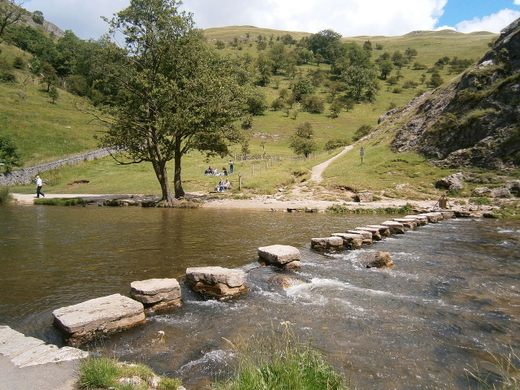


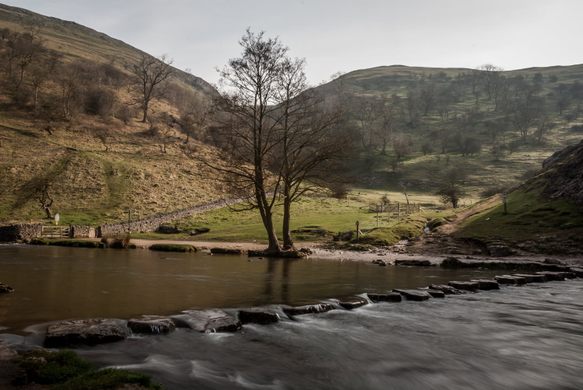
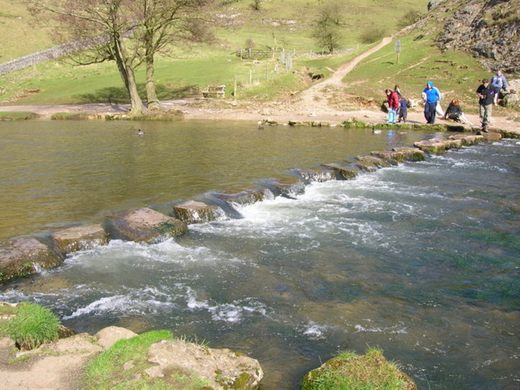
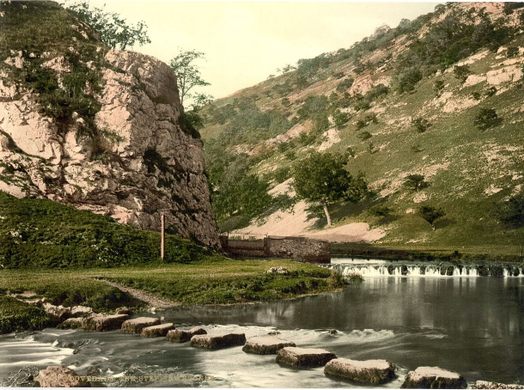
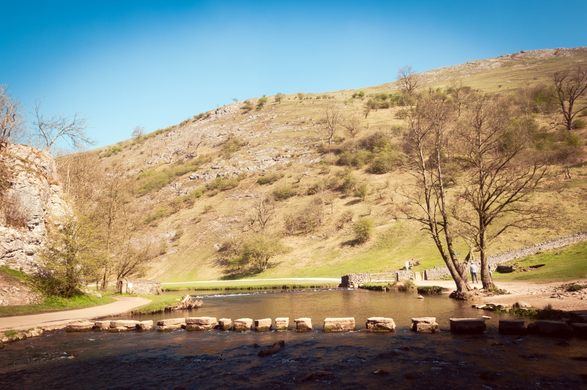






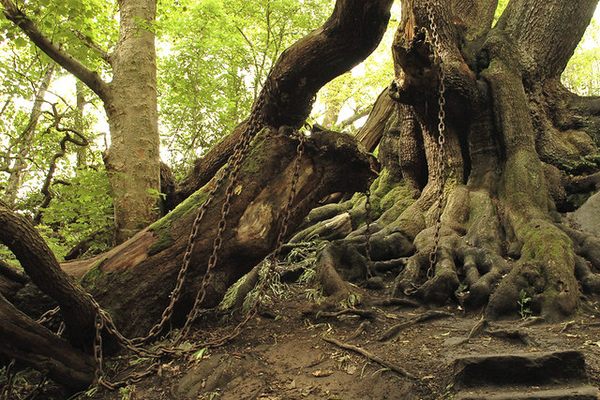



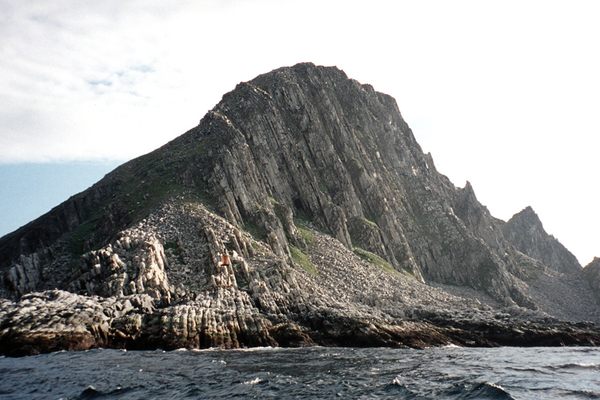


Follow us on Twitter to get the latest on the world's hidden wonders.
Like us on Facebook to get the latest on the world's hidden wonders.
Follow us on Twitter Like us on Facebook